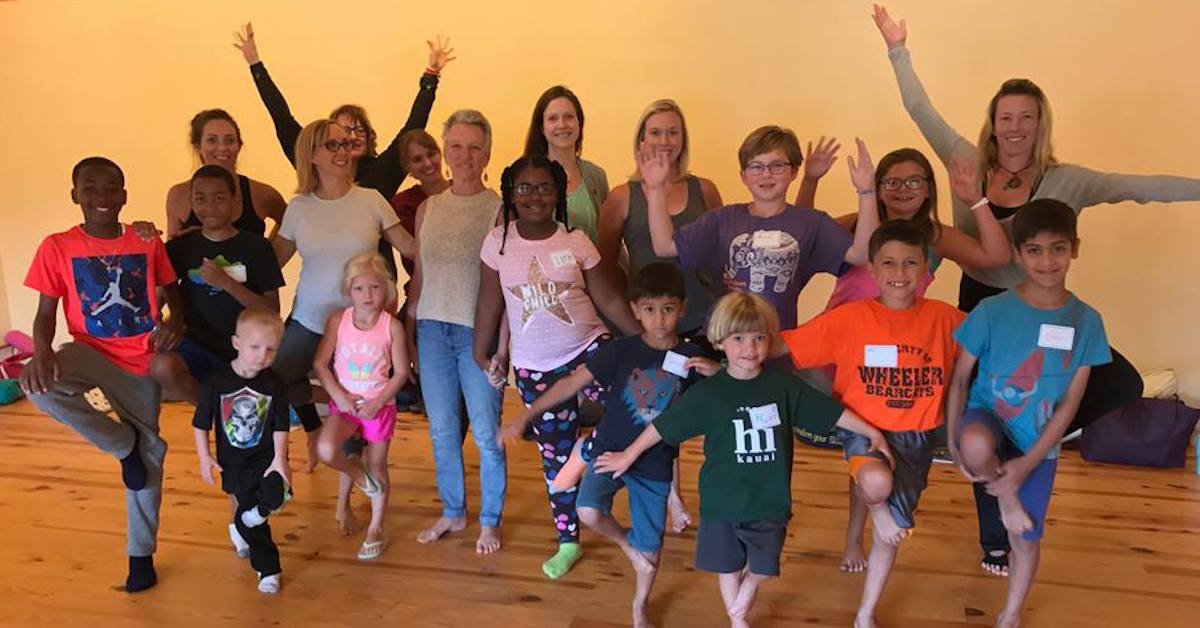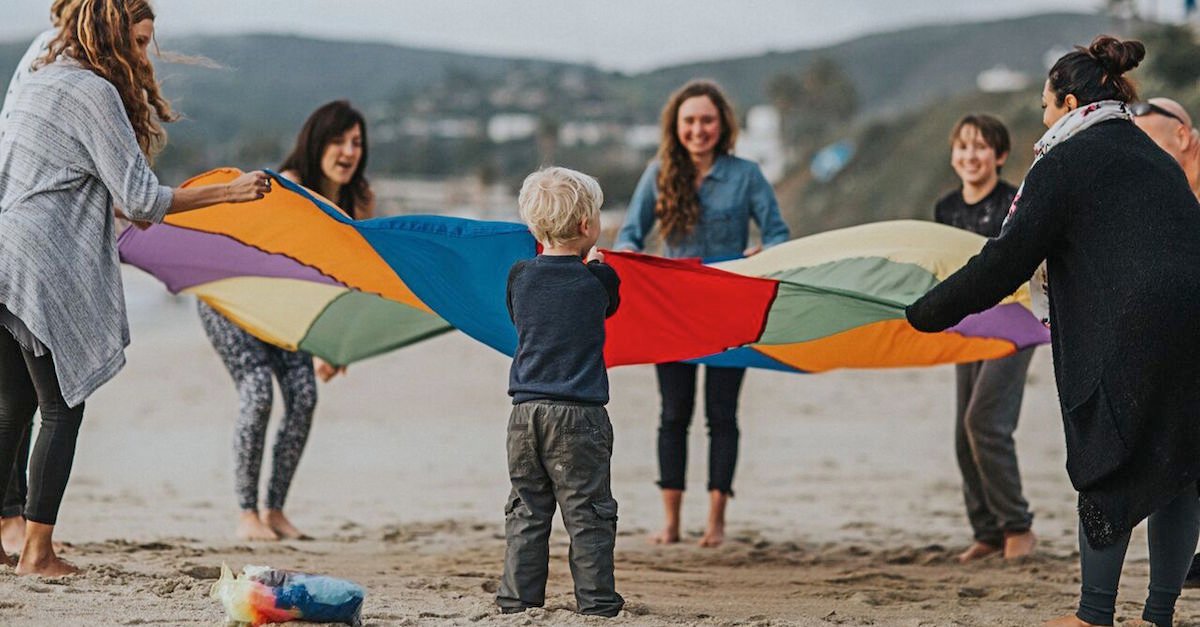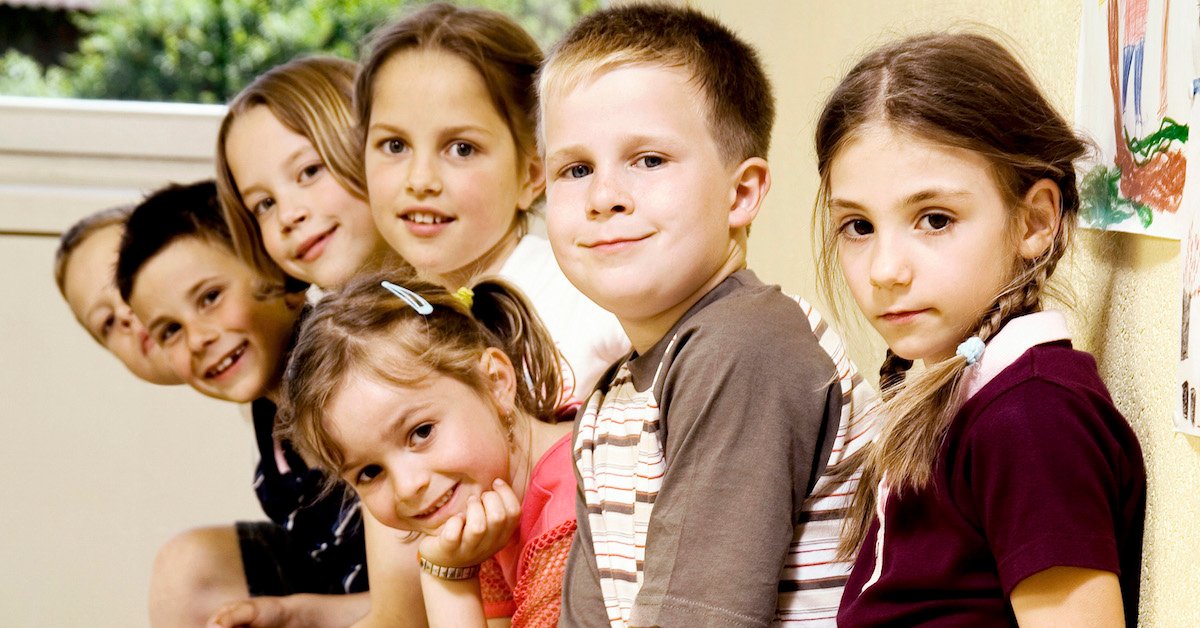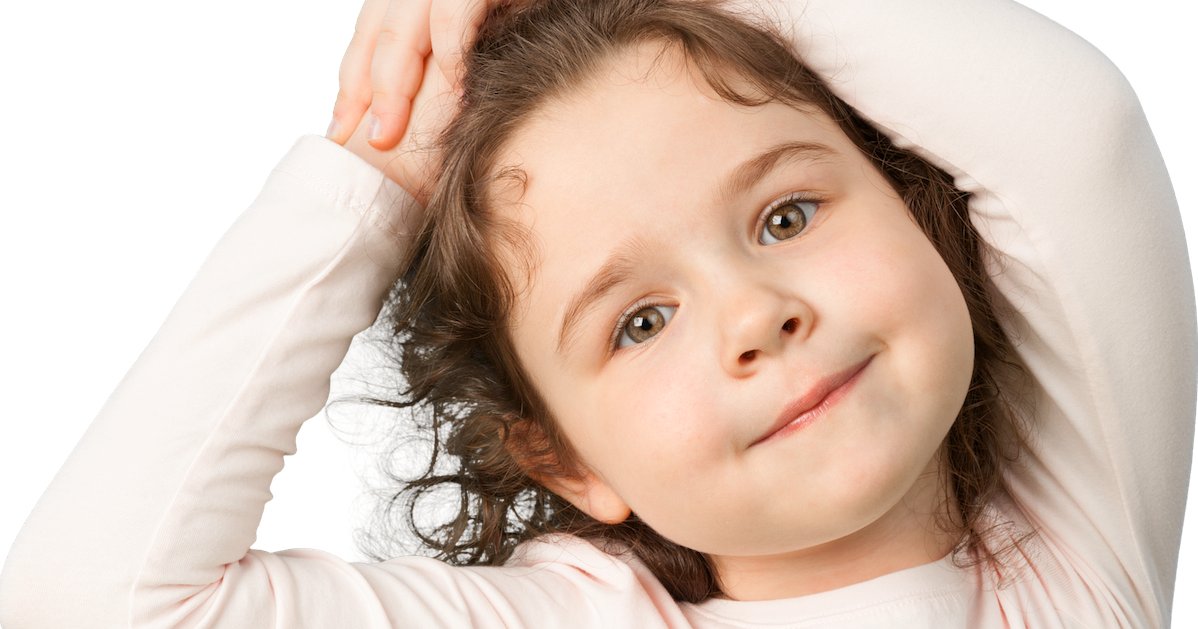Depression is the most common mental health problem in the United States today. According to The National Institute of Mental Health, depression affects 17 million people of all ages, races, and economic backgrounds. Rates of depression among young people in America have been increasing steadily for the past 50 to 70 years. An estimated 2.8 million adolescents aged 12 to 17 in the United States had at least one major depressive episode in the past year. This number represented 11.4% of the U.S. population aged 12 to 17. As many as 1 in every 33 children may have depression; in teens, that number may be as high as 1 in 8.
Causes
In depression, the sympathetic nervous system is over activated, and the parasympathetic nervous system is under activated. As in adults, depression in children can be caused by any combination of factors that relate to physical health, life events, family history, environment, genetic vulnerability and biochemical disturbance. Depression is not a passing mood, nor is it a condition that children will just grow out of. In her book Yoga for Depression, Registered Yoga Teacher Amy Weintraub says that alienation from life is the root of depression. Children today are overscheduled, overstimulated, and moving at an exhausting rate. From school to activities to long hours of homework at night, there is little time for play, reflection, or connection. Many American children have lost their freedom to play and explore on their own. Often children have structured games, lessons, activities, and aren’t allowed to hop on their bikes and explore the world. They often don’t get the chance to use their own creativity to find fun, make new friends, or learn new skills. The increase in technology use has caused children to become isolated from each other, family and the world. Many children have their faces in a screen, and are missing out on making meaningful connections with loved ones and friends. There is a drive in our society for everyone to be the same, and anyone that differs from that ideal suffers. Children are losing the chance to shine their own unique light on the world, and rejoice in their own magnificence.
Symptoms
Symptoms of depression include: Irritability, anger, sadness, hopelessness, social withdrawal, changes in appetite and sleep, difficulty concentrating, fatigue and low energy. In addition, some children exhibit physical complaints (such as stomachaches, headaches) that don’t respond to treatment. Loss of interest in activates that they used to enjoy, feelings of worthlessness or guilt, impaired thinking or concentration and thoughts of death or suicide are also cited as symptoms.
“I tell you; deep inside you is a fountain of bliss, a fountain of joy. Deep inside your center core is truth, light, and love, there is no guilt, there is no fear. Psychologists have never looked deep enough.” – Sri Sri Ravi Shankar
How Yoga Helps
Yoga teachers cannot diagnose or treat depression, but can give children and their parents many tools they can use to alleviate the symptoms of depression. Yoga addresses the root cause of depression: the energy drain caused by the overreactions of our mind to the stress of our world and the pressures of our own fears and desires. Yoga strengthens feelings of joy, peace, and connectedness. New Hampshire Hospital study, conducted with 113 psychiatric inpatients, researchers found that those who participated in a yoga program for depression displayed improvement in all five negative emotion factors tested by the Profile of Mood States (POMS). Factors included tension/anxiety, depression/dejection, anger/hostility, fatigue/inertia, and confusion/bewilderment.
How YogaKids Helps
YogaKids creator Marsha Wenig created 14 original Elements which allow yoga teachers to take yoga’s very adult tools and make them child friendly. The Elements also allow teachers to accommodate many different learning styles and conditions in one class. The Elements help teachers create fun, educational and safe yoga classes that kids love.
The Eight Limbed Path
In The Yoga Sutras by Patanjali, an eight limbed path is outlined. Patanjali’s threads of wisdom lead us on a path towards living a peaceful life, which still remains relevant today some 1600 years after they were written. Creating a yoga program for children based on this path will give teachers many tools to help students reduce suffering, and learn to live vibrant, happy lives.
Yamas and Niyamas
The first two limbs of Patanjali’s path are yoga’s guidelines to help us make skillful choices in our daily lives and they include the Yamas: kindness (ahimsa) , truthfulness (satya) , nonstealing (asteya) , moderation (Brahmacharya) , generosity (aparigraha) and the Niyamas: purity (Saucha), contentment (Santosha), self-discipline (tapas), self-study (Svadhyaya) and surrender (ishvara pranidhana). These guidelines can be woven into a group or personal practice for children teaching them practical ways to integrate all of these qualities into their daily lives. When practicing the yamas and niyamas, children will find these guidelines will help them live happy productive lives honoring themselves, others and the environment. These guidelines will also help children deal with difficult situations and give them a blueprint for conflict resolution and help them avoid behaviors that may cause suffering. Below, are a few examples of how to teach the Yamas and Niyamas to children.
Yamas and Niyamas in Action
The YogaKids program uses reading and literature with their unique Element called Reading Comes Alive with Yoga. Using this Element, teachers will find many wonderful books that can be incorporated into a yoga class to teach children about the Yamas and Niyamas. In the book Fill a Bucket by Carol McCloud and Katherine Martin, children learn how our buckets can be filled with happiness and love when other people treat us well, and in turn, we can make other people happy with our actions. They also teach that our buckets get filled when we practice gratitude, help others, and spend time in nature. This is an example of how to weave both kindness (ahimsa) and contentment (santosa) into a children’s yoga class.
Tapas or self-discipline is a wonderful Niyama to bring into a child’s personal or group practice, often children suffering from depression have lost their fire, they have little desire. This Niyama can be practiced in asana by having students practice a challenging pose like Warrior 1 (Virabhadrasana I) for a short period of time, and gradually increase the length time.
Another YogaKids Element is Affirmations. Positive affirmations can be added to many poses to weave in this sense of power that many children are lacking. Having the children repeat, “I am strong, I am bold, my own power, I will hold!” will help children affirm their own strength while practicing a powerful pose. Practicing tapas in many different ways will help depressed children improve their energy level and mood.
Asana
Asana or physical postures that are performed in a mindful way to help strengthen, and stretch the body to alleviate physical discomfort and pain will be an important tool for children suffering from depression. A well-thought-out asana practice can help student’s develop a healthy relationship with their bodies, improve energy levels and mood, and increase both strength and flexibility. Asana poses that have a warming (Brahmana) effect would be excellent for children suffering from depression because they tend to be sluggish, can’t get off the couch, with little motivation. The YogaKids program has many energizing poses such as Volcano where students can explode all their tension out while lifting their arms up over and over again just like a volcano exploding. Yoga Teacher BKS Iyengar said “we will never get depressed if we keep our armpits open”. Heart opening poses such as S is for Snake or Cobra pose (Bhujangasana) will help students feel uplifted. Twists such as Twist and Blow will help students wring tension from their spine.
Pranayama
“When we restrict the breath, we are diminishing the spirt. When we relearn to breathe fully and deeply, we are enlarging the spirit and reconnecting with the Self. “– Amy Weintraub
Pranayama on a very basic level is simply conscious breathing, and even very young children can expand and become aware of their own breath. Breath work can give children a special tool they can use when they feel afraid, stressed, or nervous. It can be practiced in the classroom, car or on the soccer field. Our breath and nervous system are linked, so if we slow down and strengthen the breath, we are also strengthening the parasympathetic (peaceful) nervous system. Our breath is very individual to us; it is similar to our thumb print. Children suffering from depression tend to have a shallow breath, so if we can strengthen the breath, suffering may be reduced. YogaKids Bunny Breath is similar to Kapalabhati Pranayama and is a fun child-friendly way to teach children an energizing breath.
Pratyahara
This limb translates as “to withdraw oneself from that which nourishes the senses”, it is about turning inward. Children today are bombarded with sense stimulation, from sweet candy and drinks, to loud cartoons, to fast carnival rides; they become slaves of the senses. This limb encourages a turning inward which offers students a quiet calm that can have long-lasting positive effects. The YogaKids Element Visual Vignette allows children to use markers, crayons, glitter, and other craft supplies to express their creativity. A popular Visual Vignette activity is “The Mind in a Jar”. Sinking glitter is put in a jar with water and a bit of glycerin, children shake the bottle and sit quietly and watch as the glitter sinks slowly to the bottom. As the glitter sinks, so do the thoughts, and by the time the glitter sinks to the bottom, students feel calm and peaceful.
Dharana
The sixth limb of yoga is concentration, as Yoga Teacher TKV Desikachar described in his book The Heart of Yoga, Dhr means to hold. The essential idea in the concept of dharana is holding the concentration or focus of attention in one direction.” Even very young children can enjoy the benefits of dharana with a simpleYogaKids technique using a Hoberman Sphere. Children gaze at the ball and watch as it slowly opens and closes. Even very young YogaKids will be totally focused using this method.
Dhyana
The seventh limb takes dharana one step further, and the concentration is held and a link is established between the object and the subject. In the example above, students keep their focus on the Hoberman Sphere for an extended period of time, and create a deep connection with the sphere.
Samadhi
The eighth limb means “to bring together, to merge” and our identity melts away, and nothing separates us from the object, we become one with it. As BKS Iyengar states in his book Light on Life “In the speed of modern life, there is an unavoidable undertone of stress. This stress on the mind builds up mental disturbances, such as anger and desire, which in turn build up emotional stress. Meditation will not remove stress. Meditation is only possible when one has already achieved a certain ‘stressless’ state. To be stressless, the brain must already be calm and cool. By learning how to relax the brain, one can begin to remove stress”. In Dharana and Dhyana students reduce stress and allow for deeper states of peace to occur. In Patanjali’s final 3 limbs, students have the opportunity to connect to the sweetness of their own essence which is pure light, pure love. The YogaKids Element Quiet Quest incorporates all three of Patanjali’s last limbs with activities such as Swim Ducky Swim, Guided Visualizations and Lemon Toes. All of these activates will help children calm down, and slow down the “monkey mind”.
Conclusion
The world our children live in today is growing evermore stressful. YogaKids has many tools to offer children suffering from either depressive disorders, or random bouts of depression. As Yoga Teachers, we do not diagnose or treat depressive disorders, but we can offer reduction of suffering. Yoga’s many tools also offer relief without a long list of side effects, and children will learn tools that will help them their whole lives. Yoga at a young age can teach the ability to create balance in kid’s lives. YogaKids provides an effective approach along with helpful tools to make it simple for parents and teachers to connect, contribute and lay the ground work for healthy, happy lives.
References
Adele, Deborah. (2009) The Yamas and Niyamas. Duluth, Minnesota. On-Wood Bound Books
Desikachar, T.K.V. (1995). The Heart of Yoga. Vermont: Inner Traditions International.
Gray, Peter. (2013) Free to Learn: Why Unleashing the Instinct to Play Will Make Our Children Happier, More Self-Reliant, and Better Students for Life. New York, NY. Basic Books
Iyengar, B.K.S. (2005). Light on Life. Rodale Inc.
Iyengar, B.K.S. (1981). Light on Pranayama. Harper Thorsons
Iyengar, B.K.S. (1993). Light on the Yoga Sutras of Patanjali. Thorsons
kidshealth.org
Weintraub, Amy. (2004). Yoga for Depression. Broadway Books
Wenig, Marsha. (2003) YogaKids: Educating The Whole Child Through Yoga. New York, NY. Stewart, Tabori & Chang.










